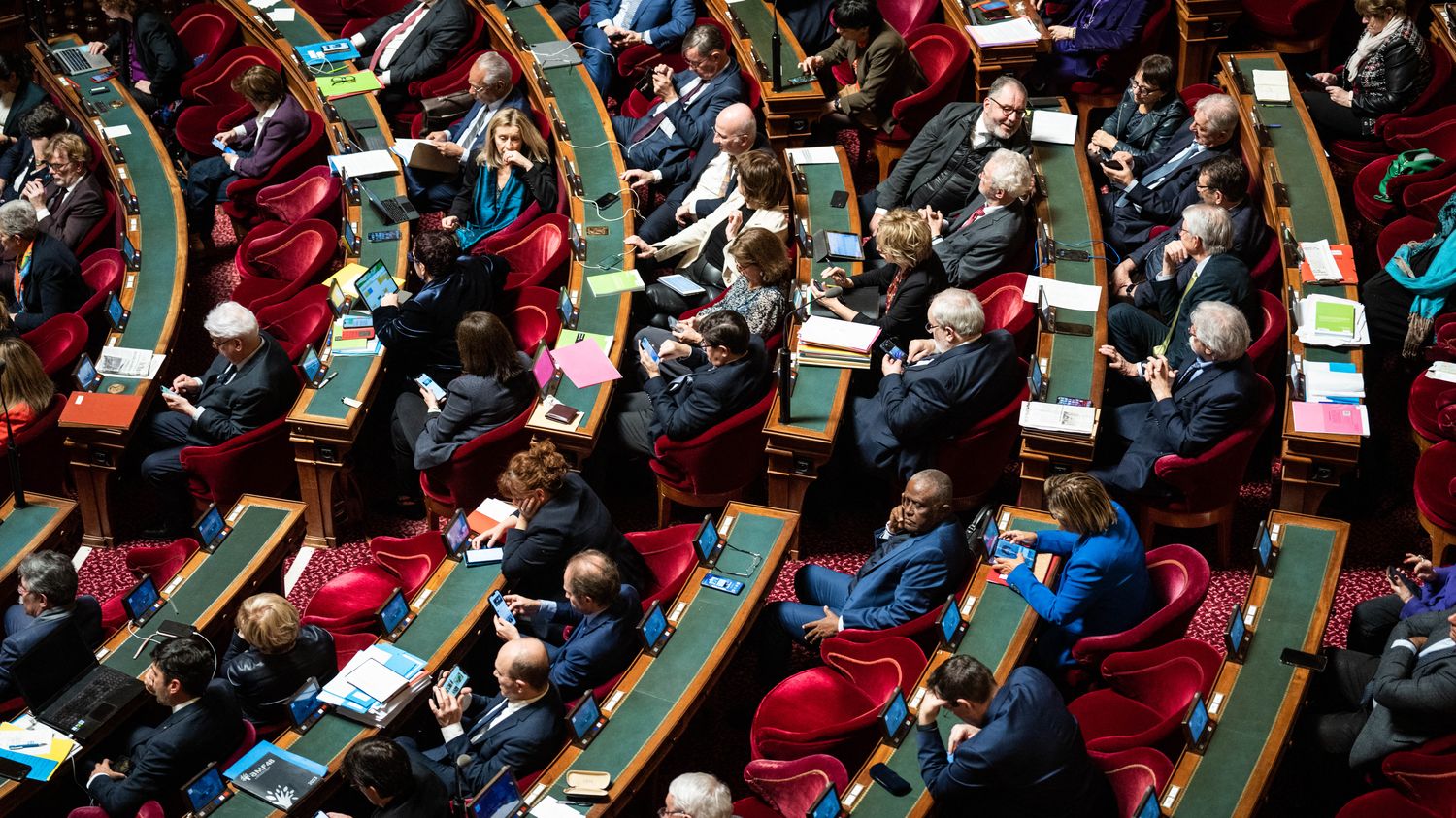The Minister of Labor, Olivier Dussopt, announced on Friday the use of article 44.3 to speed up the debates at the Luxembourg Palace.
Article written by
Posted
Update
Reading time : 1 min.
It is part of the legislative arsenal available to the government to speed up debate in Parliament. Article 44 paragraph 3 of the Constitution was used on Friday March 10 by the Minister of Labor, Olivier Dussopt, in order to reach a vote more quickly on the pension reform currently defended by the executive. This tool allows, at the request of the government, that “the seized assembly decides by a single vote on all or part of the text under discussion, retaining only the amendments proposed or accepted by the government”.
>> Pension reform: follow the latest news in our live
This procedure, also known as the “blocked vote” procedure, obliges parliamentarians to vote not article by article and amendment by amendment, as is usually the case, but on the whole of the text or one of its parts decided by the government, to shorten the parliamentary discussion. “Even when a government has a majority in an assembly, if it faces obstruction, it has recourse to constitutional provisions to allow the expression of clarity in the debates of the assembly”thus justified Olivier Dussopt, Friday.
A “huge advantage” over Article 49.3
“This article has a huge advantage over 49.3, because the government can rewrite the text that will be submitted to the blocked vote”explained constitutionalist Michel Lascombe to franceinfo in 2020, while the executive was considering using 44.3 for its previous pension reform.
The use of the “blocked vote” is not uncommon in Parliament, since it has already been used more than 250 times under the Fifth Republic. Recently, it was triggered in 2010 by the government of François Fillon and in 2013 by that of Jean-Marc Ayrault. What do these two recourses to section 44.3 have in common? These were already pension reforms, particularly sensitive texts giving rise to tense debates in both chambers.
